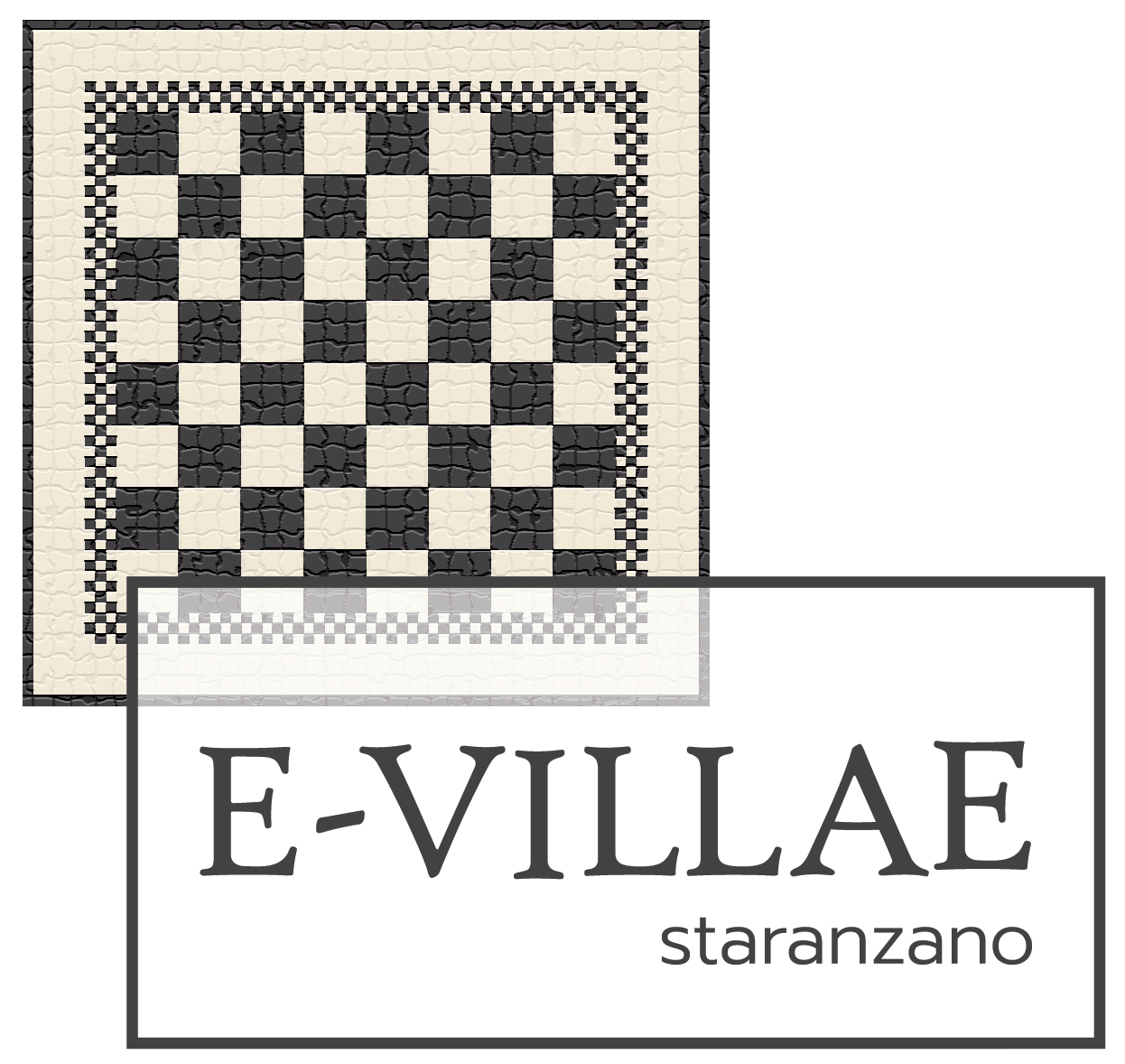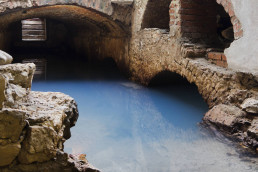The territory defined in antiquity Lacus Timavi was known for the presence of sulfurous waters that still flow from underground and are exploited by the modern spa facilities in Monfalcone.
The main source, with temperature around 40°, was located in the western part of the greater of the insulae clarae, small islands that in Roman times were facing the coastal area of the Timavo Straits. This island, characterized by two highlands joined by an isthmus, seemed to split into two parts as the tide rose; the larger of them in modern times took the name St. Anthony's Hill, the other, where a spring of warmer thermal water gushed out, was called Punta Island.
Today these islands are found completely silted up due to both the gradual swamping of the coastal area and man-made land reclamation.
Despite the fact that memory of the presence of the ancient baths had never been lost, and despite the numerous scientific researches conducted in the area since the late 19th century, it is still difficult to reconstruct the actual articulation and extent of the Roman-era thermal facility, due to the continuous superimposition of other buildings with the same function over the centuries.
Excavations conducted in the area in 1911 led to the discovery of rooms paved in terracotta and partly frescoed and a courtyard bordered on two sides by a portico. More recent archaeological investigations have brought new data to the understanding of the ancient baths, which were active between the end of the first century B.C. and the third century A.D.
Of considerable interest is the discovery of a marble statuette of a sleeping Erote that was probably part of the decorative apparatus of the bath complex.

